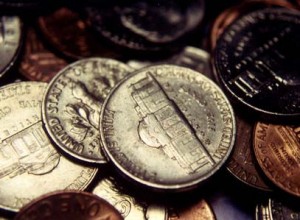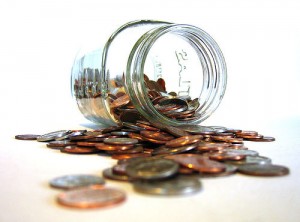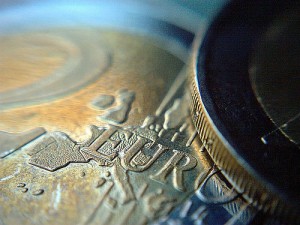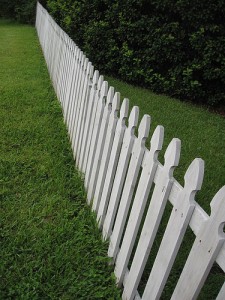 Yesterday, I wrote about our money management dilemma: when we keep extra money in our checking account, we’re more likely to overspend, but without a cushion we’re vulnerable to overdraft fees. We only keep enough money in checking to cover our living expenses, so I’d like a safety net to avoid fees if I make a mistake.
Yesterday, I wrote about our money management dilemma: when we keep extra money in our checking account, we’re more likely to overspend, but without a cushion we’re vulnerable to overdraft fees. We only keep enough money in checking to cover our living expenses, so I’d like a safety net to avoid fees if I make a mistake.
We considered opening an additional savings account with our primary bank to use as overdraft protection. Unfortunately, our brick and mortar bank requires a minimum savings balance that’s higher than I want to keep there considering the low interest rate.
Instead, we’re switching to ING Direct as our primary checking account. My ING checking account is attached to a line of credit that serves as overdraft protection. If I miscalculate and overdraft my account, money will automatically be transferred from my line of credit to cover it. I’ll be charged a low interest rate on the money I’m borrowing until I replace it.
Because my emergency fund is linked to my ING checking account, I’ll be able to immediately transfer money into my checking account to avoid paying interest. There are no fees for the transfer, just the interest rate until the money is paid back. Since it’s highly unlikely that I would overdraft my account at all, let alone more than a few dollars, this is a great solution for us.
Most of our bills are paid electronically, so an electronic checking account won’t cause a problem. The only problem is our rent. Our leasing agent requires a paper check, and we often don’t have enough in our checking account to pay it until my husband is paid on the last day of the month, but it takes 5-7 days to mail a check.
Our solution is simple: the rent comes out of my husband’s paycheck every month. When my husband updated his direct deposit information, he set it up so that the rent money will go into our brick and mortar bank and the rest of his paycheck will go into ING. That way we can write a check and pay the rent from our brick and mortar bank on the day he’s paid without having to move money around or wait on a paper check to be mailed.
I’ve written before about my hesitance to switch to ING for primary checking, but after some research I discovered a few things:
- There is nothing a brick and mortar bank can do that ING can’t do. The only difference is the delay in sending checks, but it’s completely free to do so.
- Their customer service hours are better than most banks. Representatives are available 8 a.m. to 8 p.m., 7 days a week. Based on my own experience, they’re always very helpful and courteous.
- We’ll earn a little interest on our checking account. It’s only 0.25%, but hey, that’s better than 0%.
- ING is FDIC insured, so our money is safe.
- There are no fees for cash withdrawals at AllPoint ATMs.
I updated our account information for all of the bills that are automatically drafted from our checking, and changed our account information for direct deposit of our paychecks. I moved most of the money over to ING, and once everything clears, I’ll move the rest. I’ll let you know how it goes!
Interested in opening an ING account? Use one of my affiliate links and make an initial deposit of $250 or more, and you’ll get a $25 bonus! I’ll get a $10 kickback for telling you about it. :)
Note: This bonus also applies to savings accounts. ING Direct has some of the best savings accounts around with no minimum balance, an interest rate of 1.3%, and easy account management that allows you to open several separate sub-accounts for separate savings goals.
These referral links are good for only one account, so if the first link doesn’t work, move on to the next one or contact me and I’ll send you a valid link!




